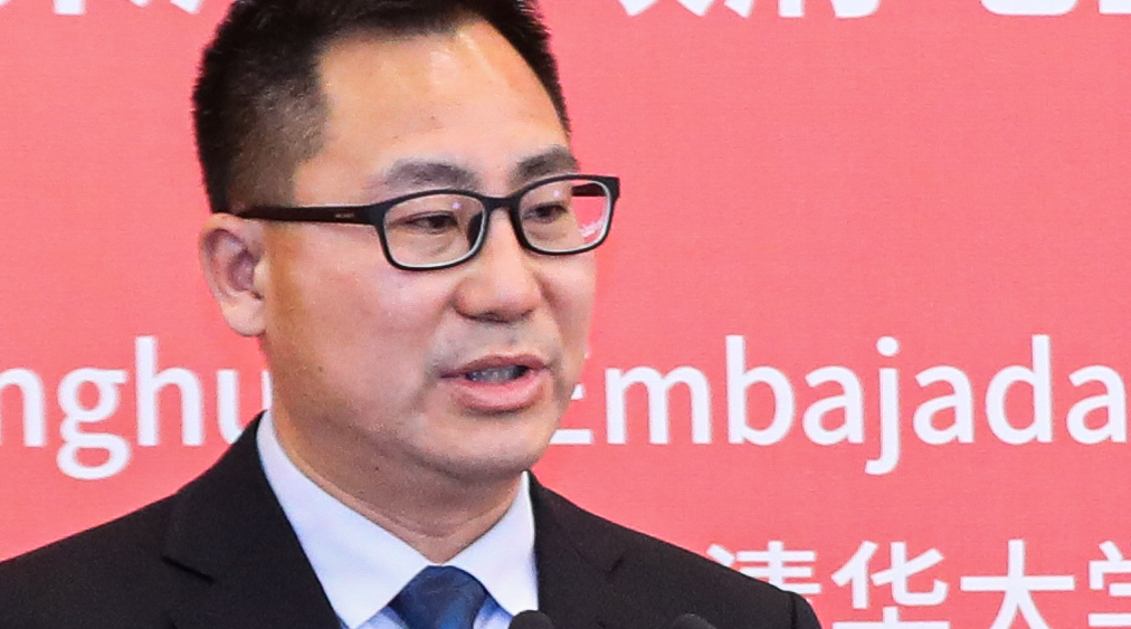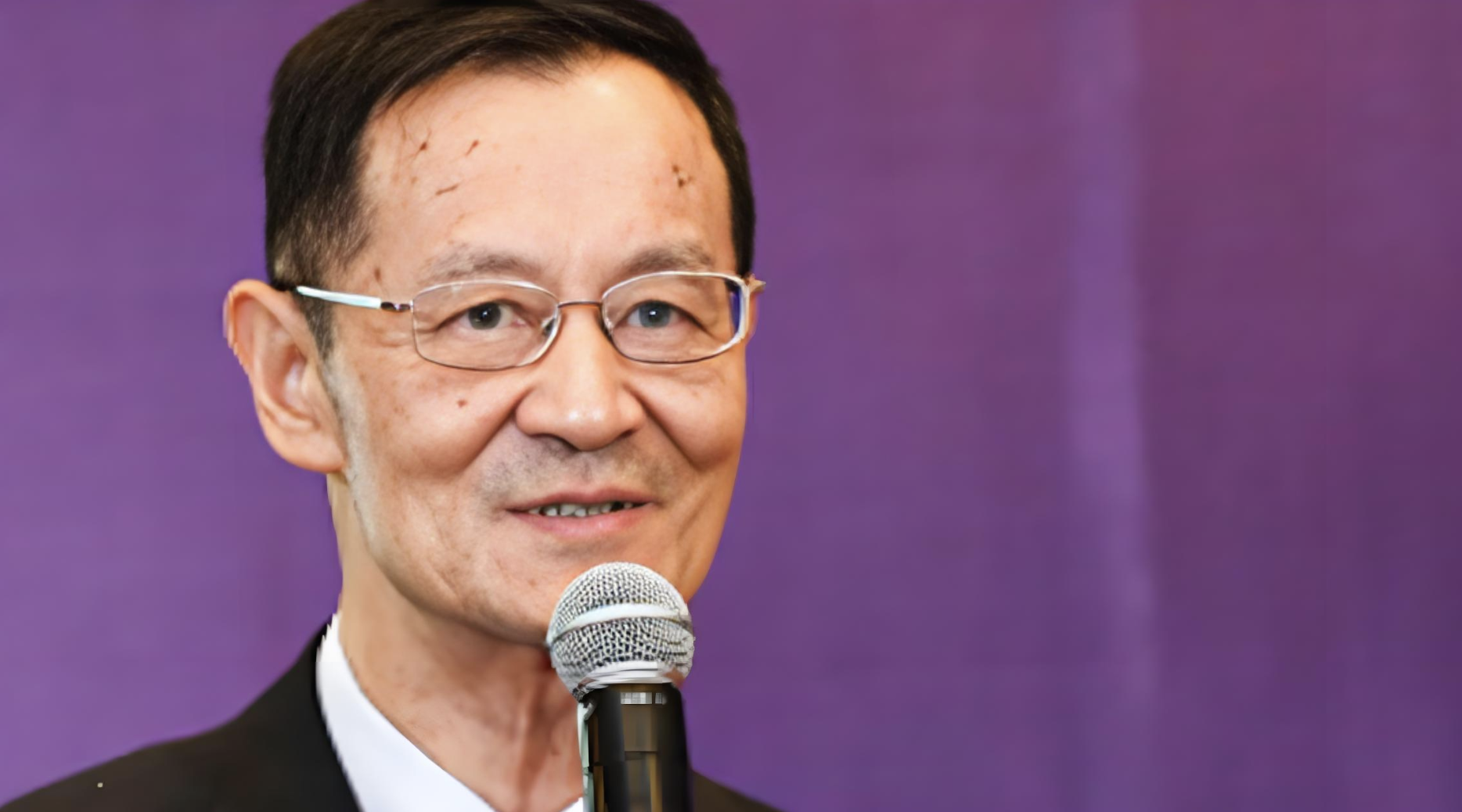Latin American states are favoured partners in Beijing's latest 'institutional opening' initiative
With rising trade bilateralism and protectionism, Beijing is doubling down on ties with partners via multilateral and bilateral fora. The mid-November APEC annual meeting in Peru saw Beijing again position itself rhetorically as the defender of globalisation, sustainable development and free trade. A series of trade deals and announcements followed, adding to a stack of partnerships in Latin America.
Beijing’s mission is to integrate further with these economies to boost trade and offset delinking and decoupling. But gaining clout so close to US soil also runs the risk of spooking further ‘China threat’ narratives–especially at a time when incoming President Trump’s US-Mexcio-Canada trade agreement (which could likewise have ramifications for the PRC) is due for a review in mid-2026.
APEC outcomes: encouraging Xivilisation
The APEC footprint covers some one-in-three of the global population and around half of global trade. Across a myriad of trade-related topics, a spider’s web of meetings throughout the year culminates in the annual APEC leaders meeting, this year hosted by Peru in mid-November. APEC has few trade teeth. It is a ‘best-endeavours’ organisation relying on voluntary and non-binding commitments from members. Instead, it offers a dynamic platform for discussion and experimentation on new trade modes, encouraging cooperation and integration without imposing strict rules or treaties.
PRC trade with APEC members reached C¥21.27 tn Jan-Oct 2024—a record high—making up some 60 percent of total PRC trade. This marks a 5.7 percent y-o-y boost, outpacing overall PRC trade growth by 0.5 percentage points.
Since becoming General Secretary in 2013, Xi Jinping has participated in every APEC Leaders’ Informal Meeting. Ahead of his arrival in Lima, he published a prominent op-ed in El Peruano, Peru’s leading newspaper, calling for his trademark long-term, genuinely multilateral, balanced and inclusive global order. Xi urged joint efforts to realise the PRC’s vision for its global development, security, and civilisation initiatives and ‘to build a community of shared future for mankind’. APEC 2024 outcomes include some that align closely with PRC policy and Xi's broader initiatives, including
‘institutional opening’ to LatAm
While APEC outcomes are hardly contentious, what was more critical for Beijing were the trade deals it set in train on the sidelines (e.g. FTA upgrade with Peru) that further strengthened rising PRC–Latin America trade.
The PRC shares complementarities with Latin American states, notes Zhou Mi 周密 MofCOM Institute of Americas and Oceania Studies. The PRC has been Latin America’s second-largest trading partner since 2012. Zhou cites demand in Latin America for PRC manufactured goods and high demand for its agriculture goods in the PRC.

Beyond APEC ties with Chile, Mexico and Peru, PRC-Latin America relations are built on institutional foundations, not least
- political
- strategic partnerships with Brazil, Peru, Mexico, Argentina, Ecuador, Chile, Uruguay, and an all-weather partnership with Venezuela
- 22 Latin American countries have signed BRI agreements
- Cuba, Argentina, Chile and Uruguay have developed specific planning cooperation plans with the PRC
- commercial
- FTAs are in place with five Latin American states
- Chile (2006)
- Peru (2010)
- Costa Rica (2011)
- Ecuador (2024)
- Nicaragua (2024)
- FTAs are in place with five Latin American states
Those with Chile and Peru were upgraded in 2017 and 2024; talks with Panama and Honduras are in train. Beijing noticeably stepped up an FTA drive as trade friction mounted in recent years.
Slashing duties—cutting some 60 percent of tariff items on entry, 90 at completion—was a focus of these moves. Rates are reduced for goods complementary to both sides, including agriculture and other goods from Latin America, as well as manufacturers from the PRC. This helps PRC firms secure overseas emerging markets and allows Beijing to deliver on its pledge to expand imports. FTAs have spurred commerce: PRC trade with Chile has grown tenfold since their agreement entered into force (Chile applied for RCEP membership in June 2024).
Gradual integration of ‘behind-the-border’ rules is the next trend, after easing of ‘border’ measures such as tariffs and customs inspection in earlier rounds of the agreements. Recent moves include
- upgraded FTA with Peru
- added a new chapter in standards and conformity assessment
- first time incorporated in a PRC FTA
- both sides agreed to strengthen liaison in formulating standards, technical regulations and conformity assessment procedures
- a special cooperation mechanism and cooperation list are to be set up
- improved services trade rules following CPTPP
- added a new chapter in standards and conformity assessment
- FTA with Nicaragua
- first time for the PRC to open up cross-border trade in services (including financial) and investment via a negative list in an FTA
- this is an explicit requirement of the CPTPP
- first time for the PRC to open up cross-border trade in services (including financial) and investment via a negative list in an FTA
Conventional international trade logic is at work here: addressing ‘simpler’ border rules before delving into more ‘complex’ behind-the-border measures. Yet Beijing’s top current trade policy, ‘institutional opening’, which amplifies its voice and that of the Global South, is also at play. FTAs are vital tools in slashing tariffs and in ‘institutional opening’ action to align standards and regulations, echoes Zhu Caihua 竺彩华 UIBE (University of International Business and Economics) Institute of International Economy.
Beijing’s trade priority is to leverage ‘institutional opening’ and re-engineer trade rules via domestic, bilateral, regional, and multilateral avenues (see our previous coverage here). Amicable bilateral relations and smaller trade volumes make these Latin American countries ideal testing grounds for Beijing’s ideas on emerging trade rules. Similar action, not least also in standard cooperation and mutual recognition, are proposed in a parallel move in the ASEAN 3.0 FTA negotiations kickstarted in October 2024. How Beijing continues to push these initiatives in other new FTA with Latin American countries will be worth watching.
Trialling compliance with CPTPP via these FTAs also signals Beijing’s continued interest in joining the mega trade pact.
Chancay Port
Located 75 km north of Lima, Chancay Port is a US$1.3 bn deep-water facility. Initially launched in 2007 by Peruvian mining company Volcan, China's COSCO Shipping took a majority, 60 percent, stake in 2019 to boost development of the port. It was inaugurated during President Xi’s visit to Peru during APEC 2024.
As South America’s first smart port, it includes an industrial park expected to attract US$3.5 bn in investments over the next decade, according to Observers Magazine. The port’s launch has halved shipping costs and reduced transit times from 34 to 20 days, boosting the competitiveness of Peruvian exports and ensuring fresher goods for PRC consumers.
Chancay Port’s influence extends beyond Peru. Its reduced shipping costs and transit times are expected to benefit regional partners like Chile, Ecuador, and Brazil, strengthening their export capacity to the PRC, says the Peruvian Ministry of Foreign Trade and Tourism. Critical commodities such as copper and soybeans stand to gain from enhanced connectivity.
closer links with the Global South
Projects like Chancay Port form part of Beijing’s strategy to foster deeper integration between Latin America and the BRI. While some Latin American countries have embraced such opportunities and witnessed robust trade growth, regional responses vary.
Brazil’s approach focuses on strengthening ties with the PRC without formally joining the BRI, viewing Chinese infrastructure projects as partnerships rather than an ‘insurance policy’, explained Celso Amorim, Special Adviser for International Affairs to Brazil’s president. Brazil’s cautious stance underscores the geopolitical complexities surrounding PRC’s investments in Latin America.
Amid intensifying geopolitics, PRC–Latin American trade growth can help the PRC diversify trade and become more risk-resilient, proclaims Zhou Mi 周密, noting that the PRC is seeking more market share and greater integration in industrial chains. In contrast to advanced countries’ high-standards, the PRC’s proposed trade rules, industries and development modes adapt better to the reality of Global South countries, explains Zhang Yansheng 张燕生 CCIEE (China Centre for International Economic Exchanges).
Beijing’s vision in the region will clash with the US’ concerns over growing PRC influence in Latin America. Outgoing U.S. Southern Command Chief General Laura Richardson portrayed Chancay as a potential dual-use military facility, framing it within the ‘China threat’ narrative. At the October G20 Ministerial Meeting in São Paulo US Trade Representative Katherine Tai cautioned Brazil against joining the BRI, citing potential risks. Brazil’s Agriculture Minister Carlos Fávaro pushed back, arguing that BRI participation could dismantle Western trade barriers. Despite this, Brazil ultimately opted against joining the BRI.
As USMCA renewal looms in 2026, the incoming Trump administration is poised for more PRC trade restrictions and, with GOP control over both houses of the US legislature, will have more pull to renegotiate the agreement. There are reportedly congressional talks that more action is needed to counter Beijing’s influence in Latin America–not least via the US bolstering its own rules and expanding the USMCA membership. Latin America is set to be another heated area of strategic competition between the PRC and the US.
trade pundits

Song Junying 宋均营 | China Institute of International Studies Latin America and Caribbean Research Institute director
Against rapid changes in geopolitics, Song predicts that PRC and Latin American countries will have more shared interests and positions as members of the Global South. He advises the PRC to reach more tailored trade agreements with Latin American countries and the bloc’s regional organisations based on their needs. Sung calls for further cooperation in supply chains, new energy and the digital economy.
Song currently leads Latin America and Caribbean Studies research at CIIS—a geopolitics institute directly under the Ministry of Foreign Affairs. After taking a PhD at Peking University School of International Relations, he has worked at CIIS, focusing on Asia-Pacific cooperation, maritime issues and Sino-Japanese relations.

He Weiwen 何伟文 | CCG (Centre for China and Globalisation) senior fellow
To deepen Latin America’s integration into global trade networks, projects like Chancay Port are vital, says He. The port demonstrates the Belt and Road Initiative's capacity to reduce logistics barriers and boost regional exports, particularly in agriculture. For Peru and similar economies, its strategic importance lies in connecting local industries with high-demand markets like the PRC. Efficient infrastructure like this is pivotal for ensuring fresher agricultural goods reach China, improving both competitiveness and trade resilience, He argues.
He sees APEC as a complementary mechanism, aligning multilateral trade standards with China’s institutional opening and Latin America’s ambitions. Platforms like APEC, he suggests, bridge gaps between bilateral and regional strategies, creating shared growth opportunities. He highlights the mutual gains in Sino-Latin American trade, particularly as agricultural exports like blueberries and shrimp become essential for PRC food security.
Formerly an Economic and Commercial Counsellor in the US and Latin America, He focuses on global trade strategies, agricultural exports, and infrastructure diplomacy. Now at CCG, he writes on PRC economic ties with Latin America and Asia-Pacific trade integration.



